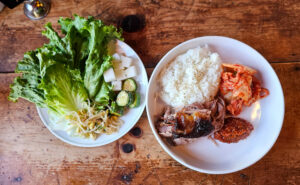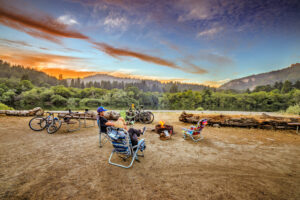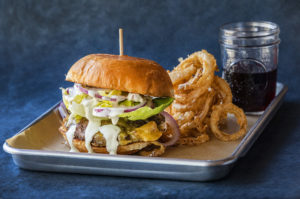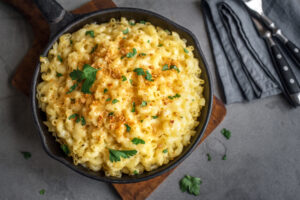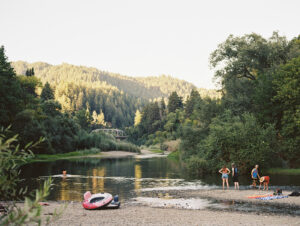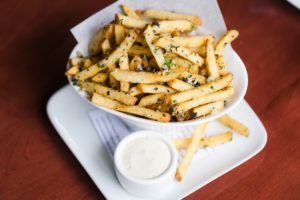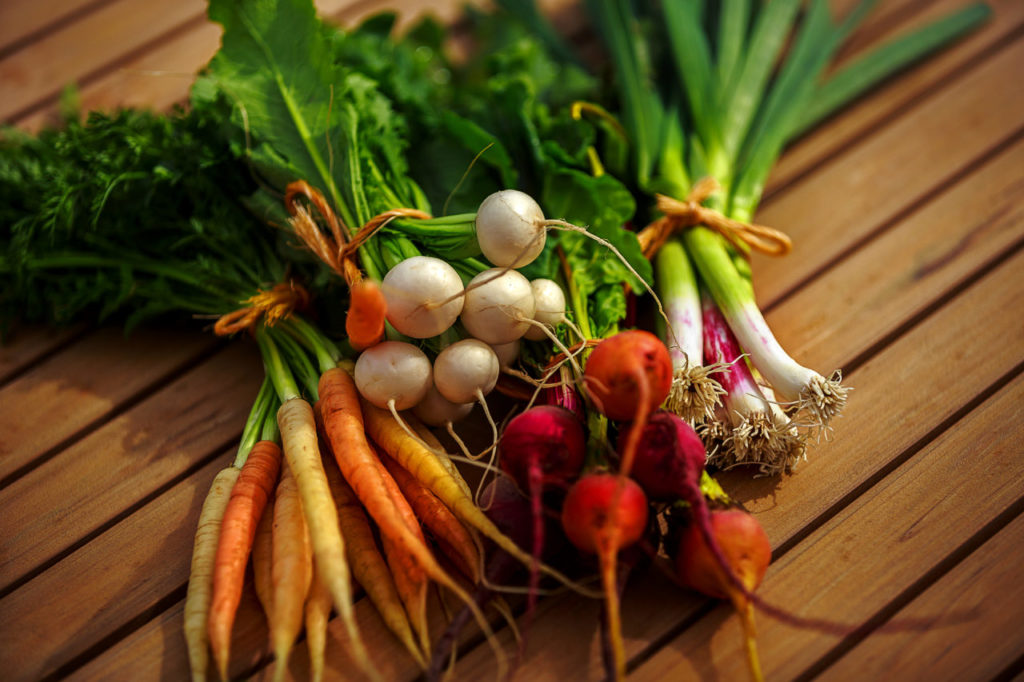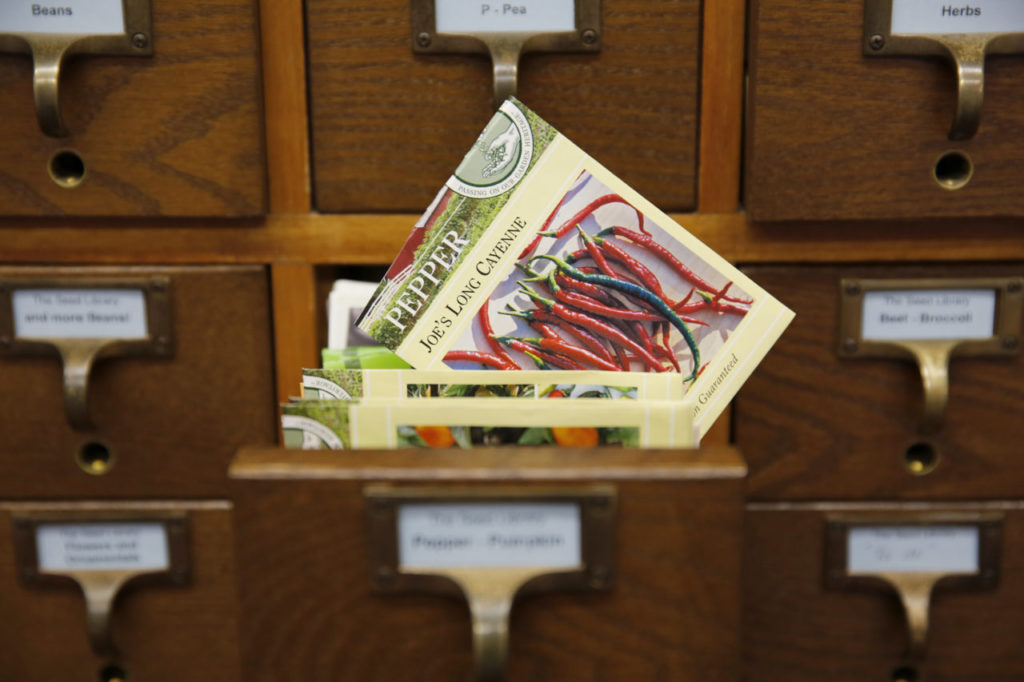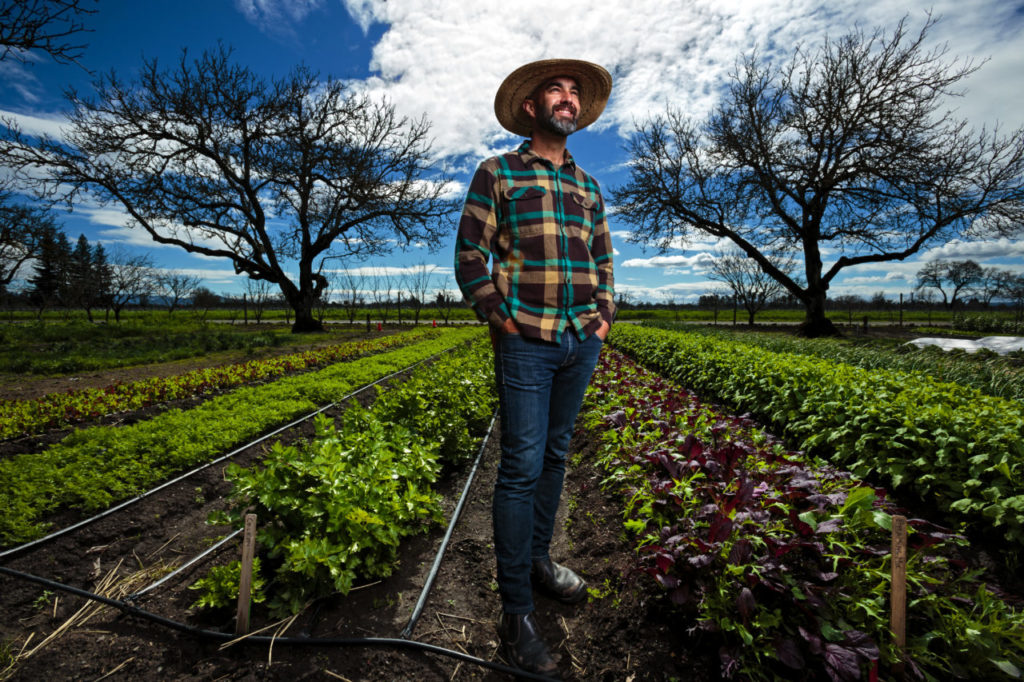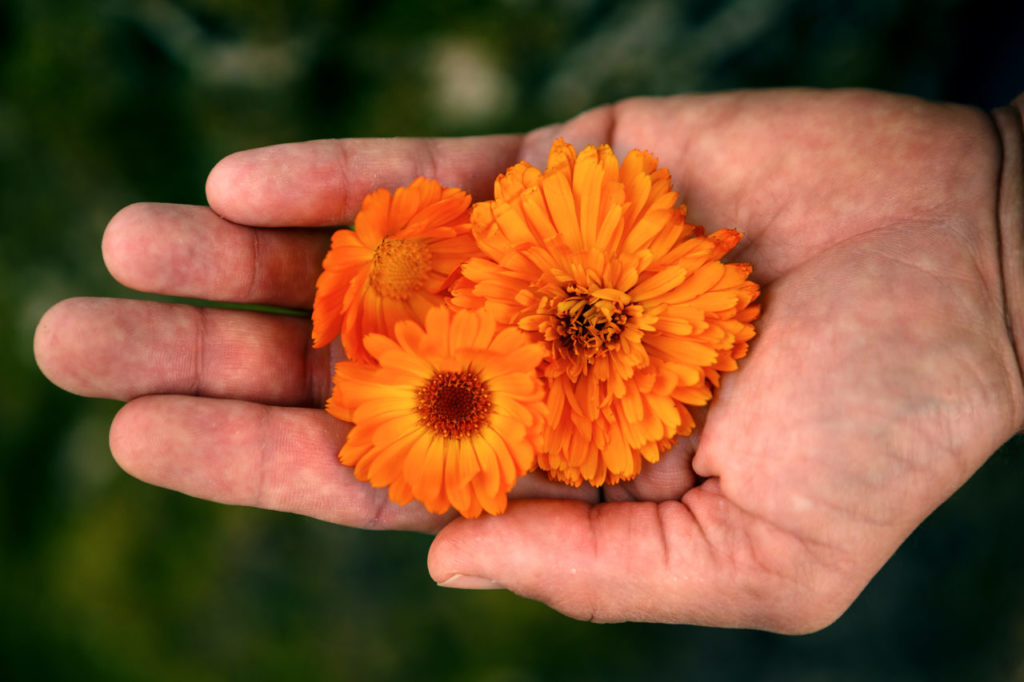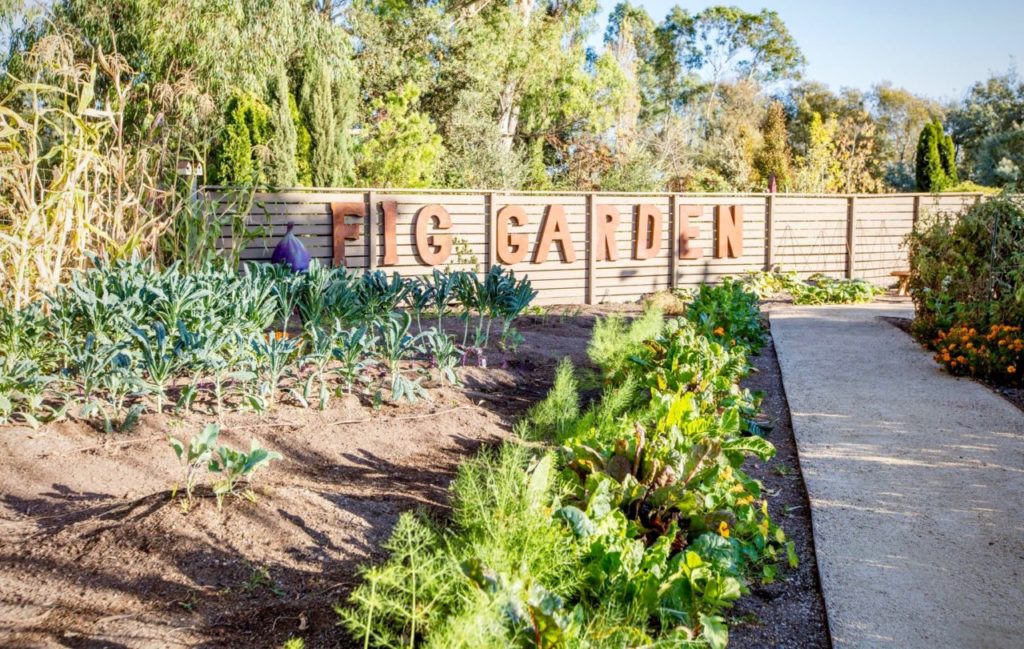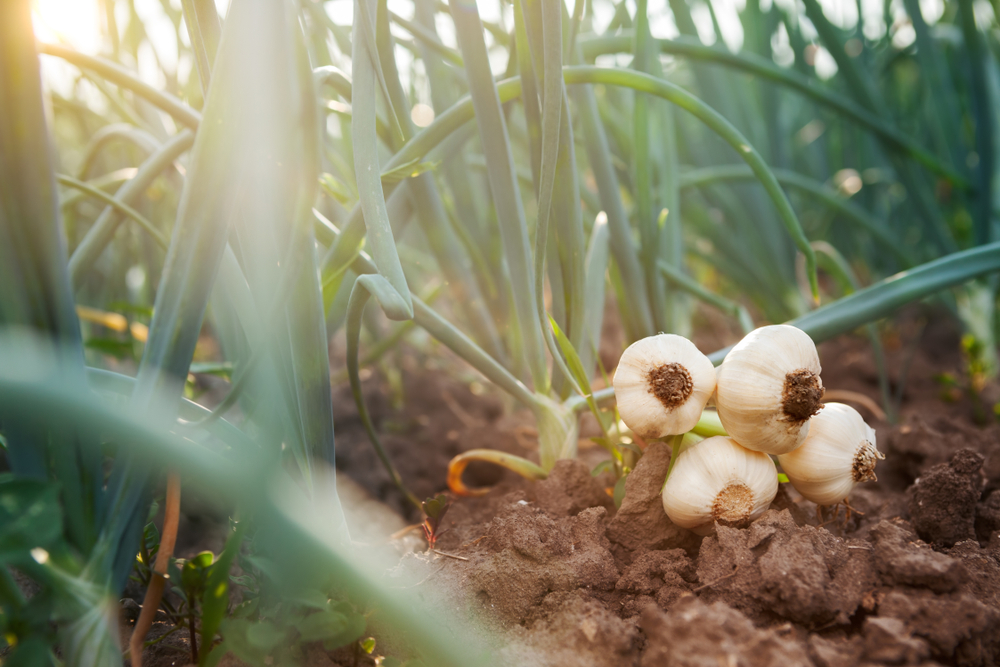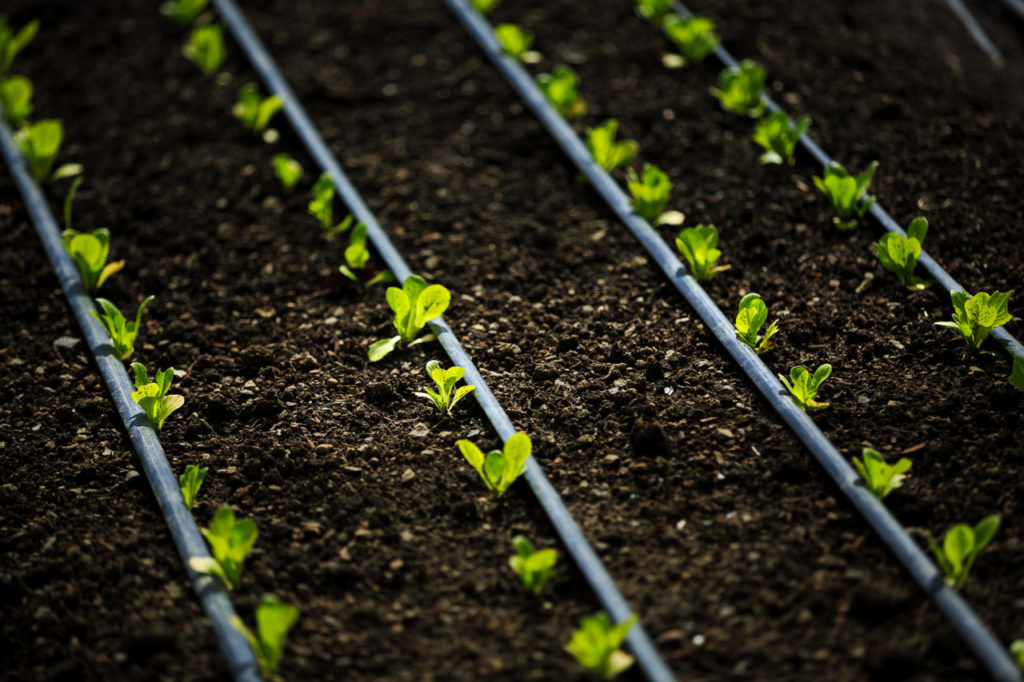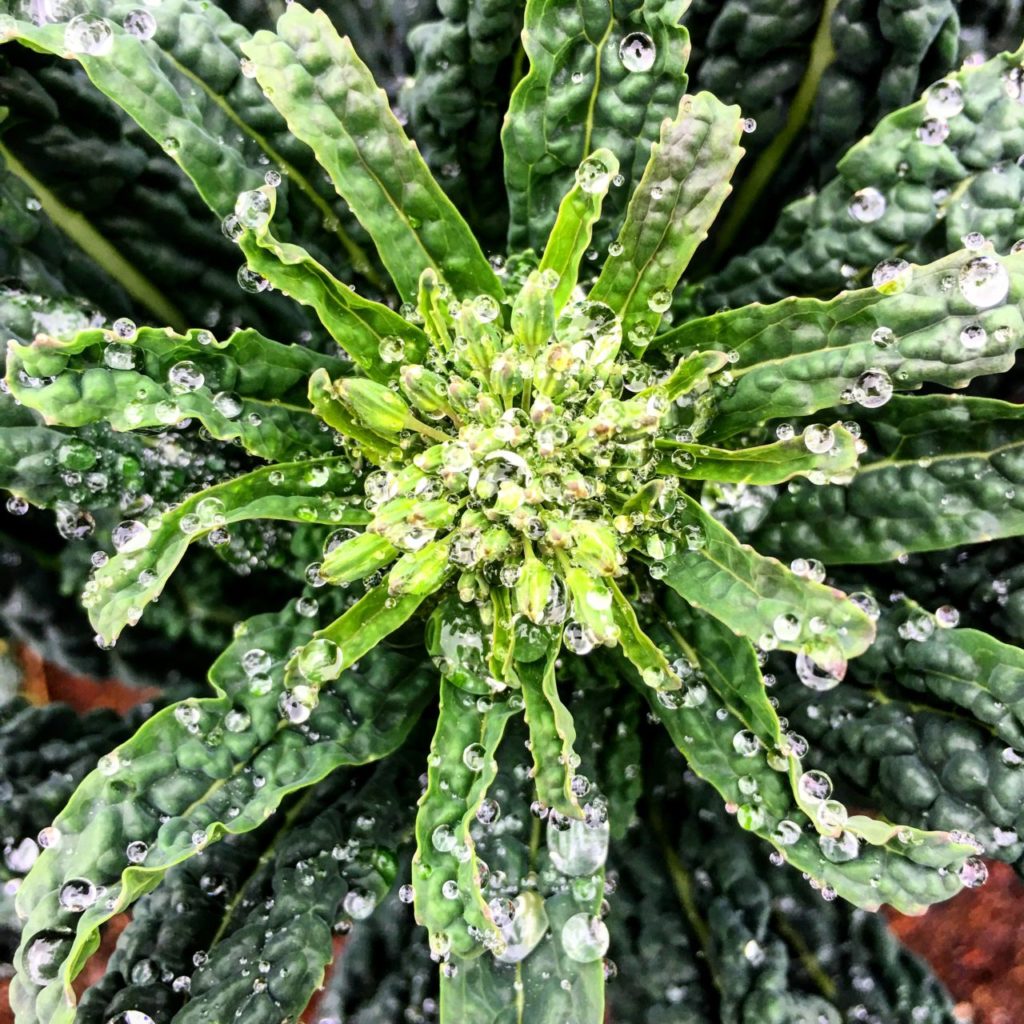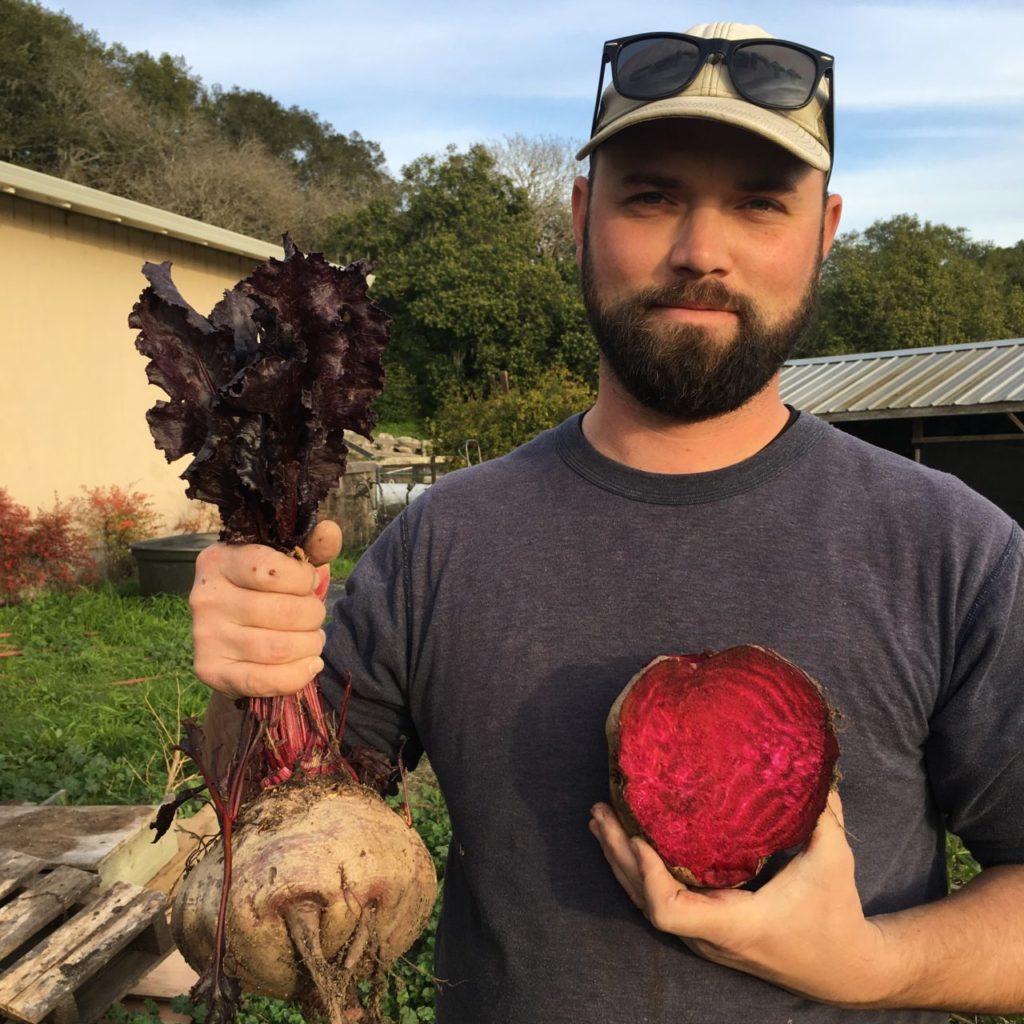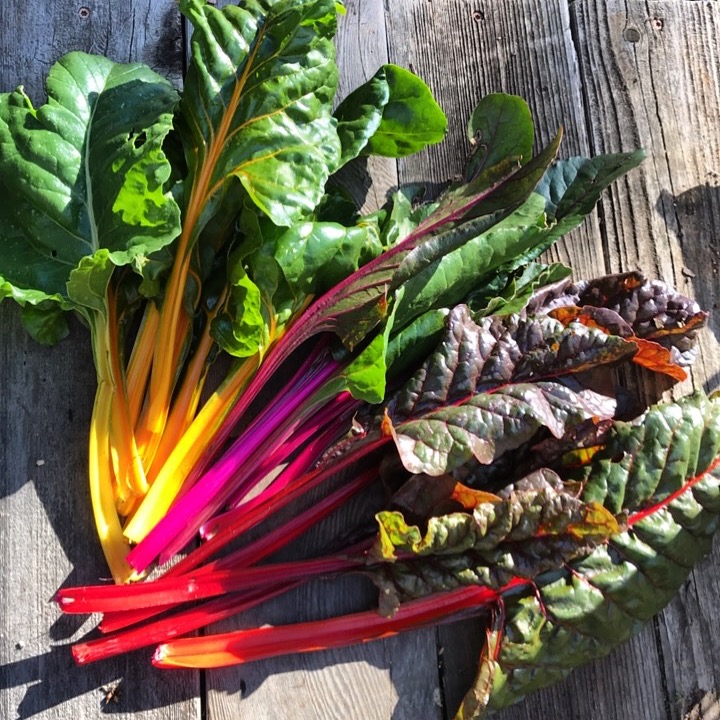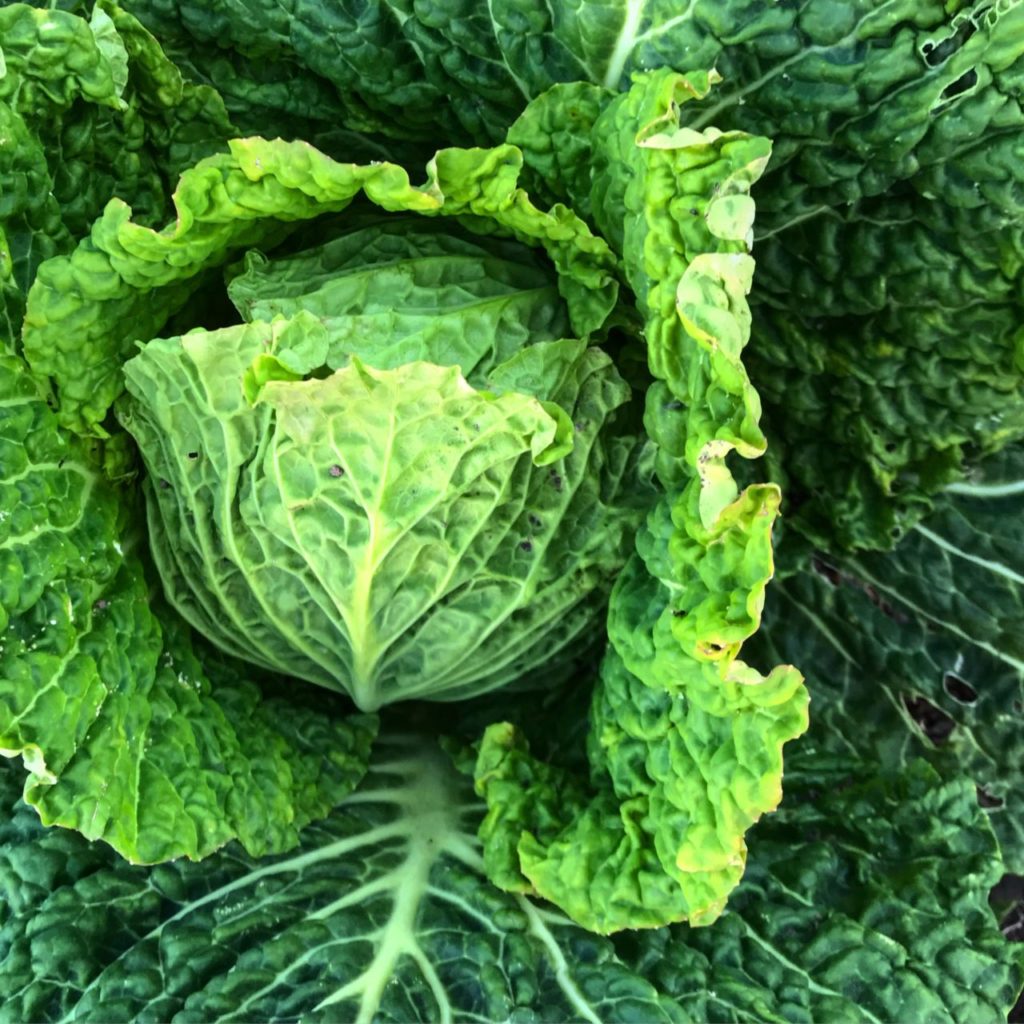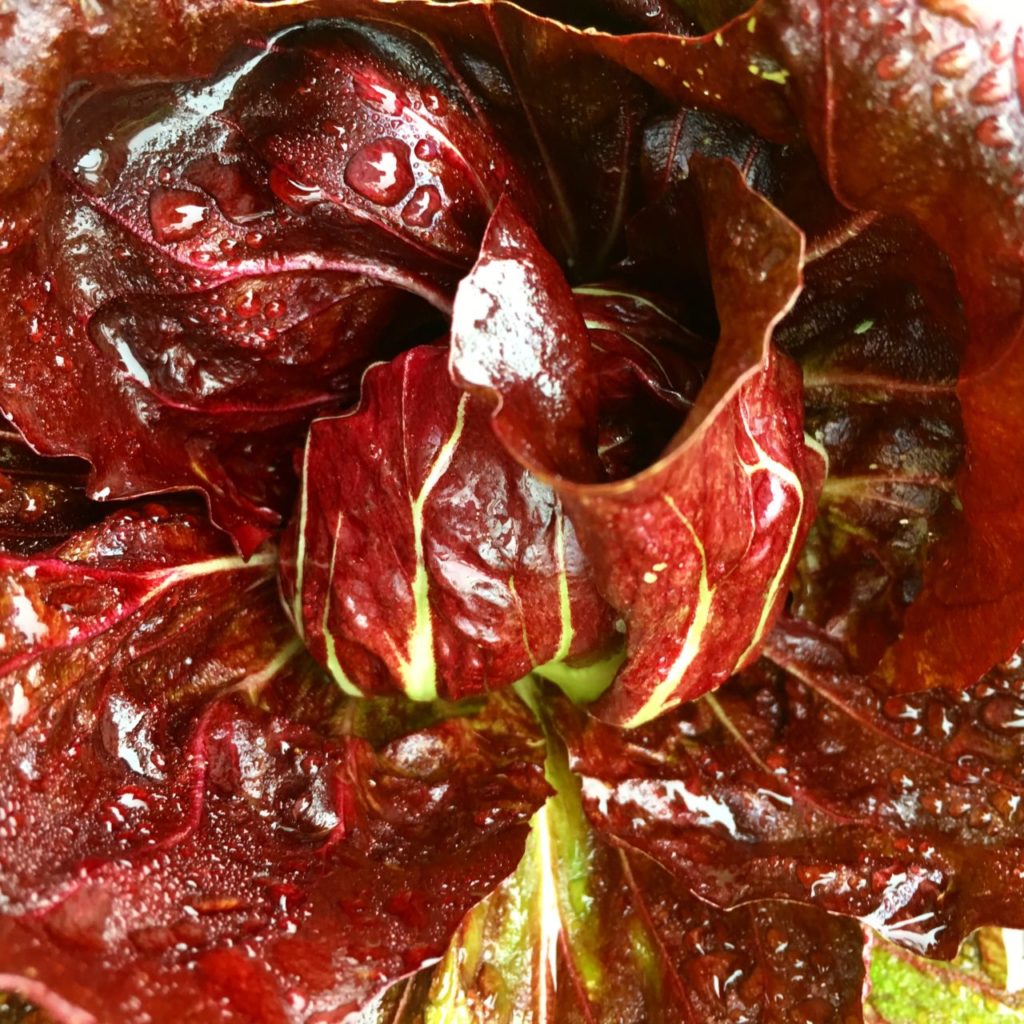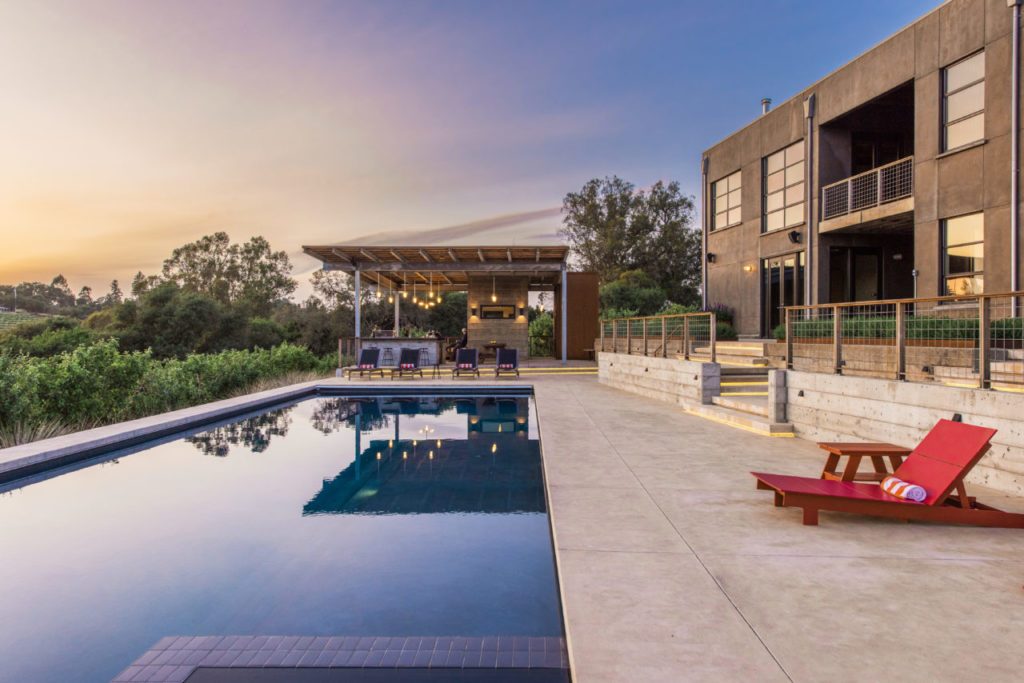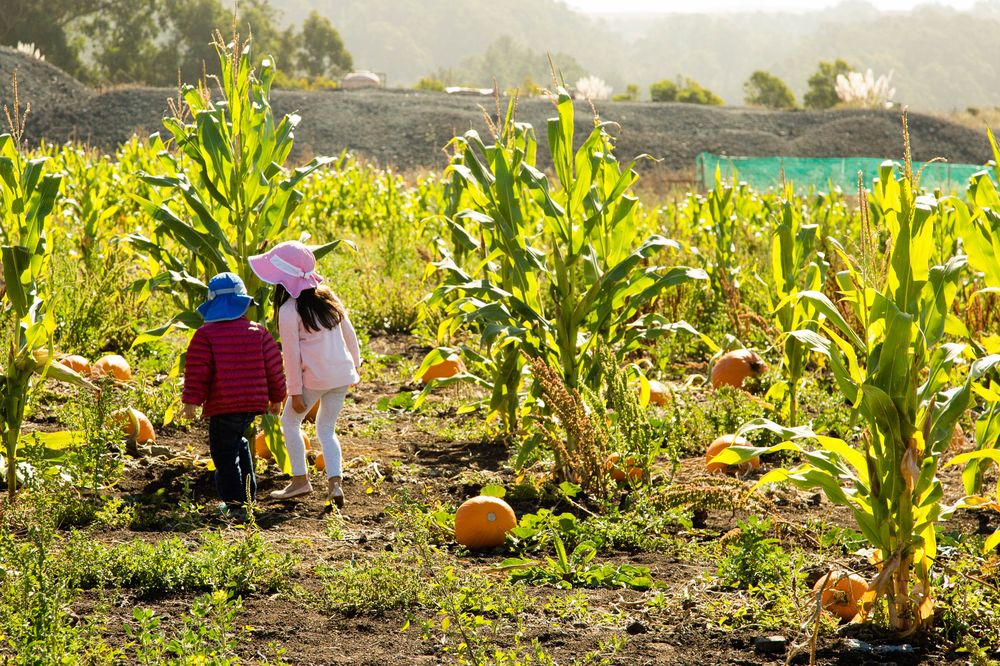Were your tomatoes in overabundance in August and September? Oh, how you had to give so many away, and all that salsa and Caprese salad you ate… But as summer turn into fall, brittle fruitless bushes sit in your planters as sad reminders of how bountiful everything was.
Now what?
According to Petaluma Seed Bank staff member, Caolifhionne (pronounced Kay-len) Mears, “There’s no reason to put your garden to bed during winter…Plant lettuce (from a seed) right now, and you’ll be eating salad on Christmas Day.”
Sonoma climate is a gold standard for growing
Mears says Sonoma’s climate is “darn near the gold standard for growing,” with “285 growing days out of the year.”
Mears loves gardening in “turtleneck and flannel shirt” time of year with the “bite in the air,” but says many don’t enjoy being outdoors in the cold. This makes the necessary regular watering a challenge.
What to plant
Some good crops for this time of year include lettuces, carrots, broccolis, cauliflower and kale. Bok choy, Swiss chard and mustard greens are good choices, too, Mears says, but some may need to be started indoors in seed starter trays, which the Petaluma Seed Bank sells.
Tucker Taylor, who manages the culinary gardens at Kendall Jackson Family Vineyard, says he plants one of his favorite crops at this time of year: the “Happy Rich” broccoli. It’s a cross between Gai Lan and traditional broccoli with “a sweet flavor and succulent texture.”
Innovative insulation
To insulate sensitive crops (mustards, lettuces, arugula and chards) during freezes, Taylor makes “hoop houses” – a row of curved electrical pipes tented in fabric. Taylor says these are the “new wave of the future” for small-scale gardeners because their affordability and portability makes them preferable to greenhouses.
Successional planting spreads out harvest
The Fig Garden at Rhone Room, which supplies The Girl and The Fig restaurants, keeps a supply of “perennial herbs that are good all year,” according gardener Ray LaVoy.
Working together with gardner Lauren Caproni—a former chef at Chez Panisse—LaVoy also plants crops in succession so that supply is staggered. The winter garden has broccoli, rabe and romanescos, which have a growth cycle of 45-75 days, and beets which mature 30-45 days after planting.
Caprioni suggests aspiring fall and winter gardeners get to know their local seed grower, talk to neighbors and experiment with what works. “There are so many variables in gardening,” she says, “one thing doesn’t work for all gardens.”
Grow garlic
Both Mears and LaVoy name garlic as a satisfying, easy-to-grow bulb for this time of year. Plant a clove now, and edible greens will sprout in a couple of months, but the full head of garlic will take until April to mature. Mears loves Asian Tempest garlic, which is hot and spicy, while LaVoy mentions Spanish Roja garlic as a good option.
Let the soil rest
While LaVoy and Caproni keep the Fig Garden crops growing during colder weather, LaVoy says he sees winter as a time to “return balance to the garden,” and focuses on taking care of the soil through ground cover like hay or clover so that soil isn’t “exposed and arid.” He integrates compost at this time and removes debris which can cause molding.
La Voy says he appreciates the more mellow harvesting duties in the winter. He describes the winter crops as “less intense” than, say, the tomatoes which they find themselves picking daily during harvest. During winter – the “ying to the fervor of the (summer’s) yang” – it’s time to “give the soil more love,” he says.


